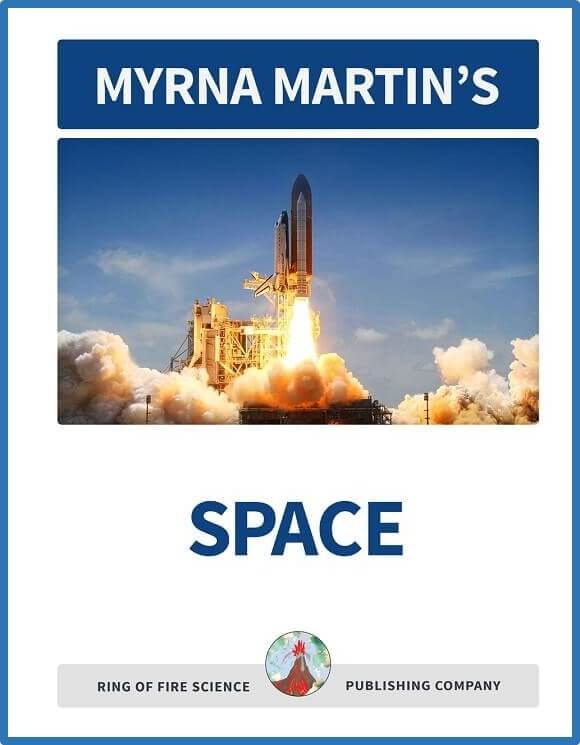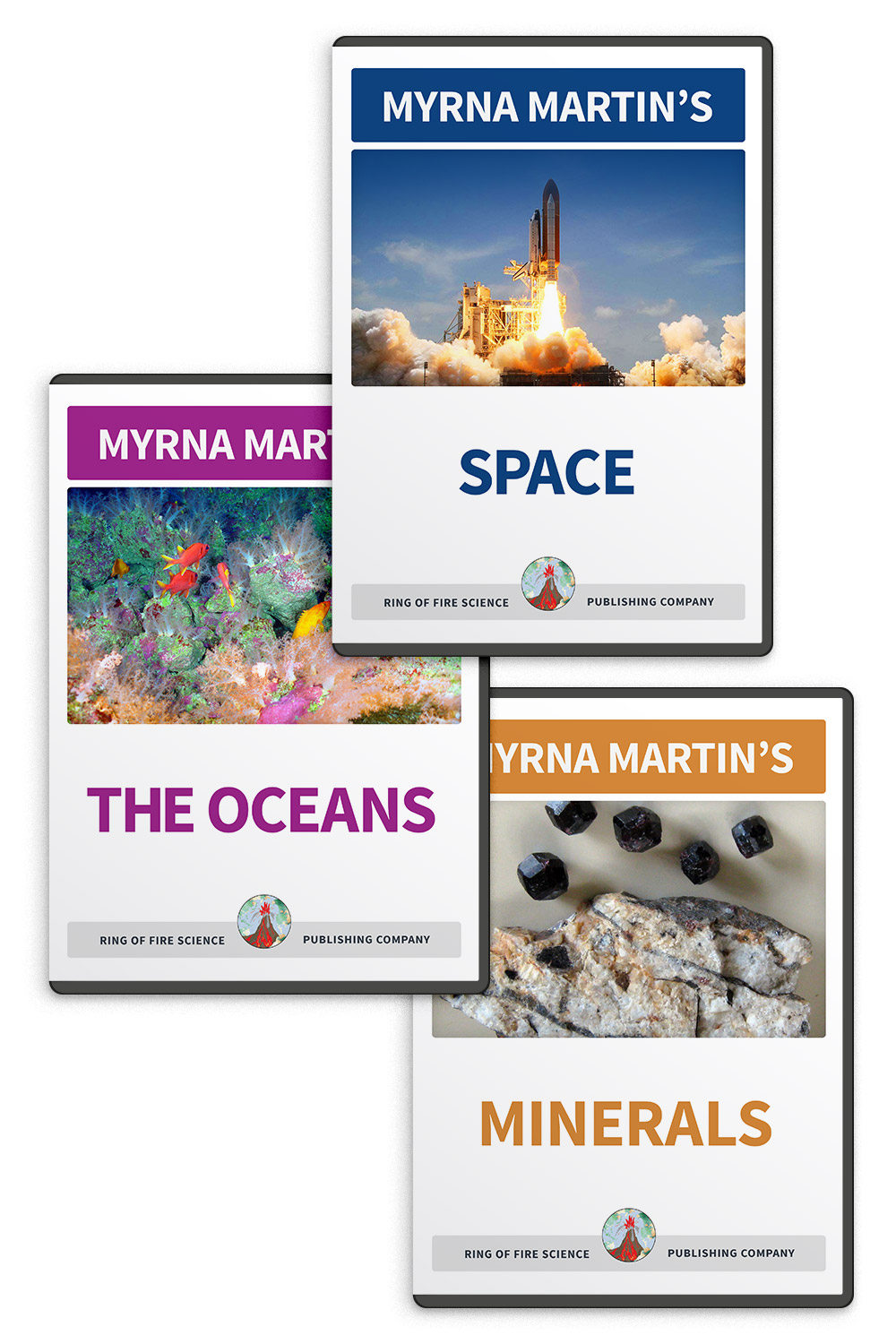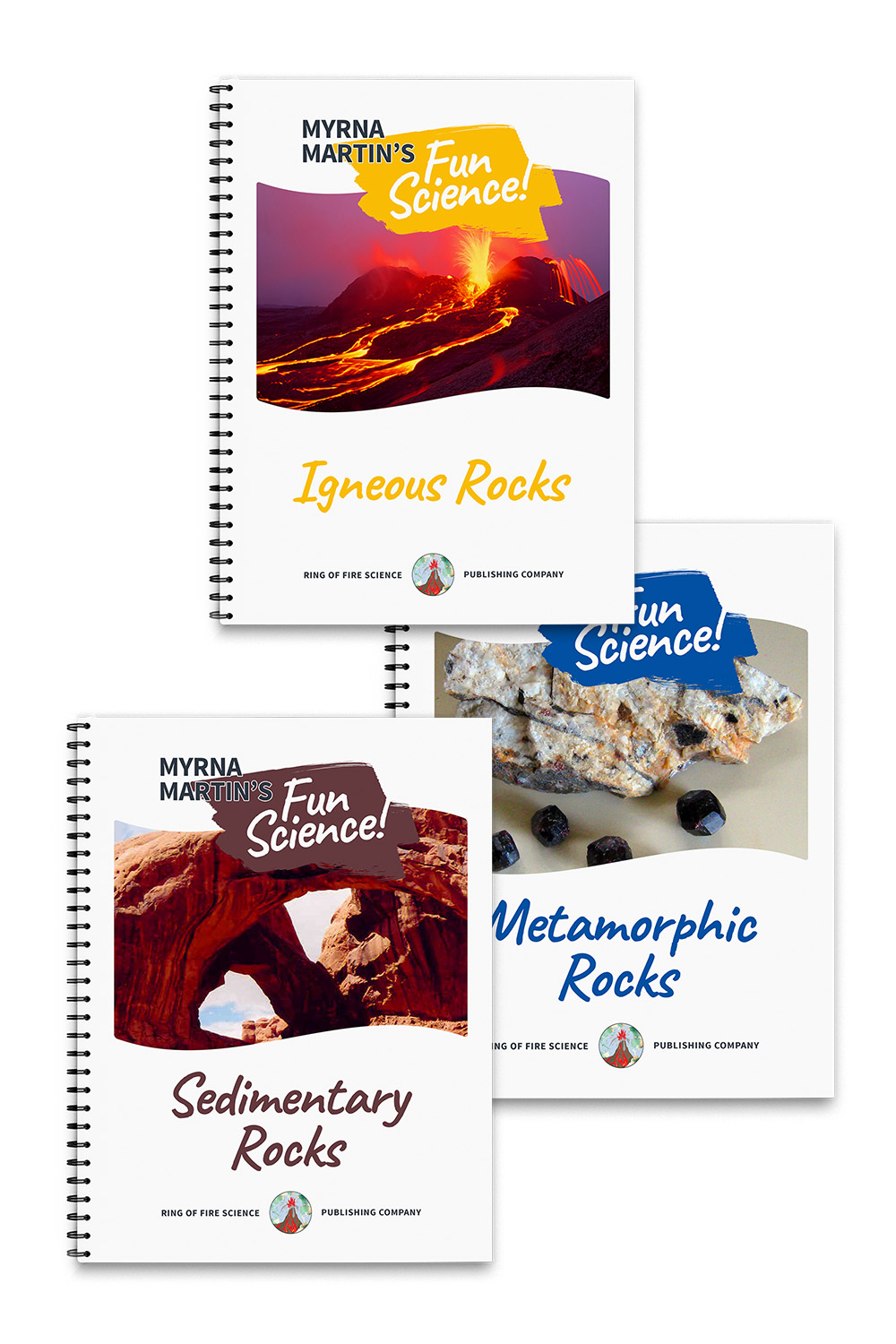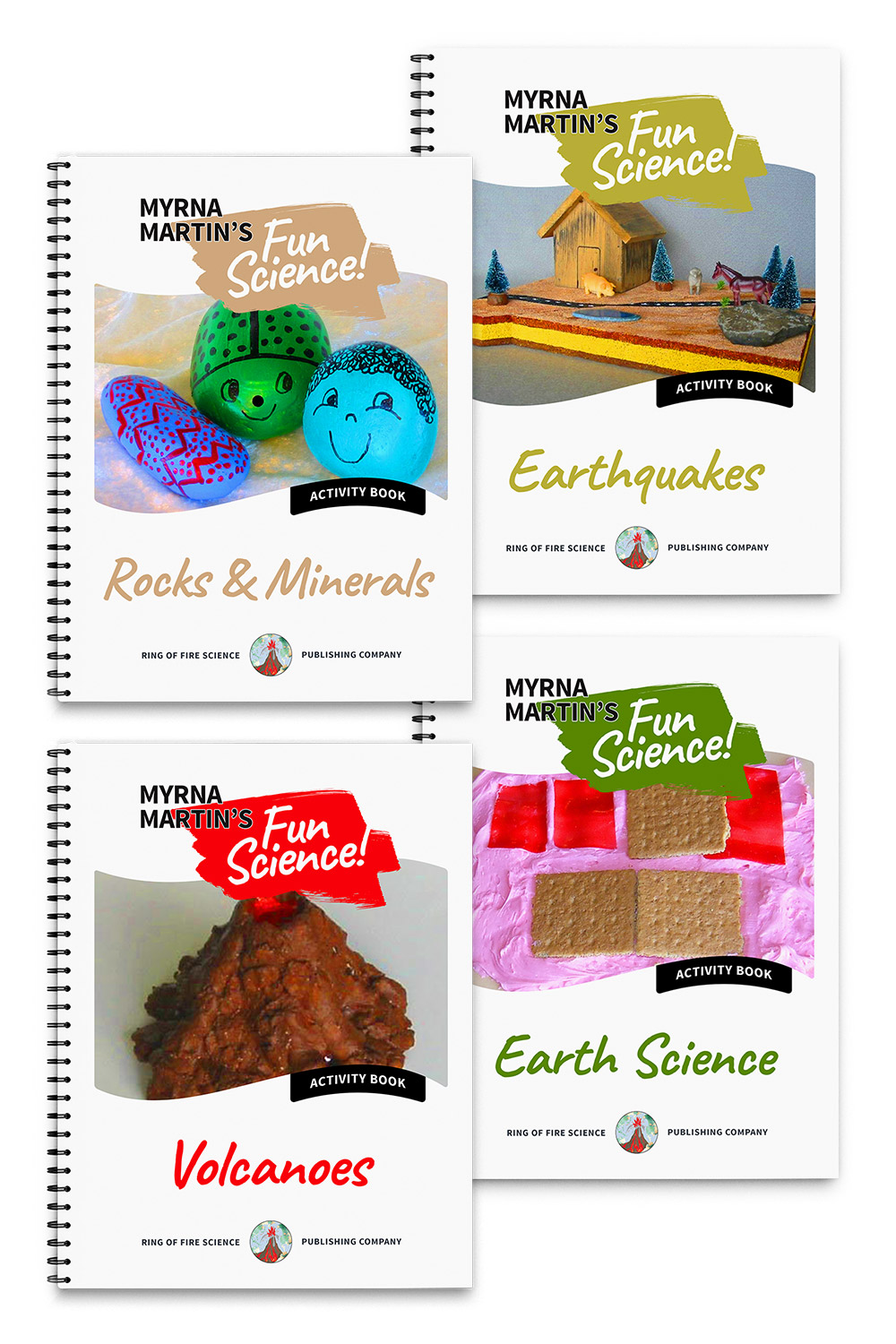Earths Atmosphere Five Layers
Earths atmosphere five layers surrounds Earth
Earths atmosphere five layers are an ocean of gases
The Earths atmosphere is an ocean of gases that surrounds the Earth. Gravity keeps the gases from drifting away from our planet into outer space. We live at the bottom layer of gases that surround Earth. Only at the bottom layer of the atmosphere is there enough air for plants and animals to survive.
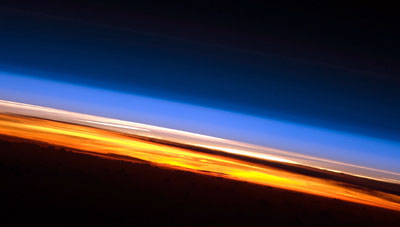
View of the layers of Earth's atmosphere NASA
The five layers of the Earth's atmosphere give it structure
The Earth's atmosphere has structure. It is divided into five distinct layers. Temperature is a major characteristic of the layers as well as the type of atoms found in each layer.
Troposphere is the layer next to the Earth
The troposphere is the layer next to the Earth which contains 80% of the atmosphere's mass. There are enough gases in this layer to support life on our planet.
Rising thermals of hot air and falling cool air mix the atmosphere so it is not layered. Weather occurs in this layer of the atmosphere. The jet stream is a narrow stream of fast moving air near the top of the troposphere.

|
Our Earth Science books are designed for students to work through the lesson on their own, with little to no help, from their teacher. Answer Key is in the back of each book. The 16 Chapters in the book contains:
|
Stratosphere lies above the troposphere
The stratosphere lies above the troposphere. It contains 90% of the ozone on Earth in this layer. Ozone absorbs ultraviolet radiation produced by the Sun. The absorption of ultraviolet rays warms this layer. The air in this layer is very stable so jets often fly in the stratosphere.
Mesosphere lies above the stratosphere
The mesosphere lies above the stratosphere. The temperature decreases with height. The temperature at the top of the mesosphere averages -85 degrees Celsius (-120 degrees Fahrenheit). Meteors attracted by Earth's gravity usually burn up in this layer. Frozen water vapor form ice clouds in the mesophere.
Thermosphere lies between the mesophere and the exosphere
The thermosphere lies above the exosphere. The temperature increases with height above the Earth. The low density of the gases allow the temperature to rise to 1500 degress Celsius (2,700 degrees Fahrenheit) in the individual gas molecules.
The International Space Station orbits in this layer. The layer has enough molecules that the solar wind reacts with the gas molecules which generates the auroras.
Exosphere is the outer most layer of Earth's atmosphere
The outer most layer of Earth's atmosphere is the exosphere. The molecules are so far apart they are unlikely to collide. The term "exo" means outside. The term exosphere was chosen because it is located at the outside edge of Earth's five atmospheres.
More Planet Earth Links
Tectonic Plate Boundary Find out how and where tectonic plate boundaries form on our planet.
Plate Movements Do you know what are divergent plate boundaries, convergent boundaries and transform faults. Find out on this page.
Crustal Plates Find out how continental crust and oceanic crust forms on our planet.
The Earths Mantle Find out about the Earths mantle that contains 84% of the Earth's mass.
Earths Interior Find out about layers that have formed inside out planet and how they were discovered.
Earths Atmosphere Find out how the layers above Earth have formed and their importance to life on our planet.
Planet Earth Find out about the different layers that make up planet earth from the core to outer space.
Home Page The Science Site contains information on our planet, volcanoes, science activities, earthquakes and much more.
Kids Fun sCIENCE bOOKSTORE
Check out Myrna Martin's award winning textbooks, e-books, videos and rock sets. The Kids Fun Science Bookstore covers a wide range of earth science topics. Click here to browse.
Sign up to our monthly newsletter and receive our FREE eBook containing 3 fun activities that don’t appear in any of our other books!
The Kids Fun Science monthly newsletter will include the following: current events, weird and fantastic facts, a question of the month, science trivia and the latest new content from our website.
We respect your privacy and you can be assured that we will never share your email address or use it for any other purpose than to send you our newsletter.


